#Opuntia engelmanni
Text
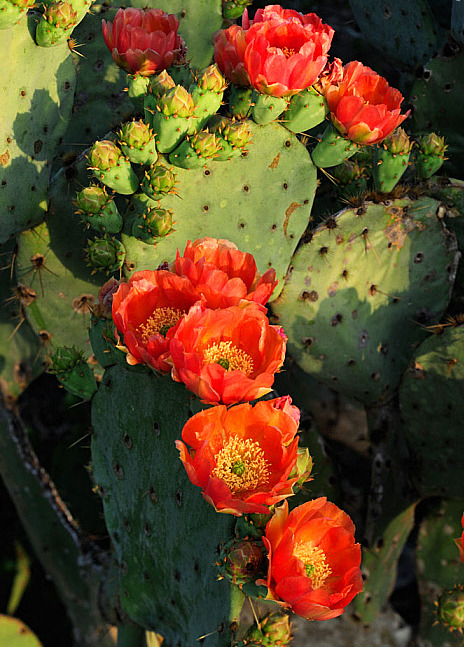
Texas Prickly Pear Cactus (Opuntia engelmanni)
Photo by Rolf Nussbaumer
#Opuntia engelmanni#opuntia#prickly pear#texas prickly pear#cactus#cacti#cactus flowers#plants#orange#orange flower#orange flowers#botanical#flowers#green and orange#orange and green#nature#desert#desert plants
29 notes
·
View notes
Text

Tahafa, a male humpback whale calf with injured pectoral fin and scarred body, with its mother (Vava’u, Tonga 🇹🇴, Pacific Ocean). The humpback whale calf (Megaptera novaeangliae) pictured here was attacked not long after he was born. His right pectoral fin has a large rip in the middle. His dorsal fin was almost cut off, and there were large chunks of flesh missing from several areas of the young whale’s body. No one saw the actual attack, so it is not possible to say with certainty how the calf was injured.
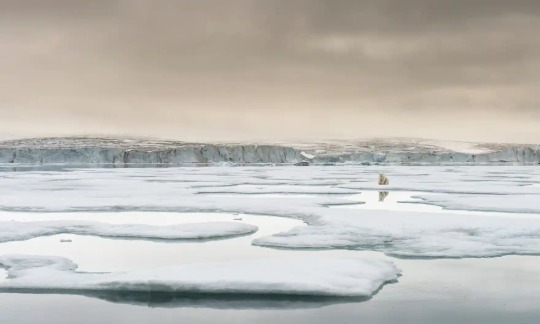
A polar bear juvenile resting on an ice floe (Spitsbergen, Svalbard, Norway 🇳🇴). Things are changing in the Arctic and it’s not for the better. Over the past years, we have clearly seen how the glaciers on Svalbard are retreating and ocean ice is getting thinner. The ice on the fjord, where the seals are having their pups in spring, is also disappearing faster as warm water is being pushed towards the coast. In a world where its inhabitants are dependent on snow and ice, the impact of warmer ocean and air temperatures is devastating.

The Sermeq Kujalleq glacier, Greenland 🇬🇱, entering the Kangia Ilulissat Icefjord full of icebergs, August 2019. Sermeq Kujalleq is one of the world’s most productive glaciers and the fastest moving one in the world. Within the past 10 years, the glacier has doubled its speed and today it moves about 40 metres every 24 hours. This is because ice from a very large drainage area is concentrated in a narrow stream that follows a deep trough under the glacier. Scientists also believe that rising temperatures result in increasing amounts of meltwater under the glacier.
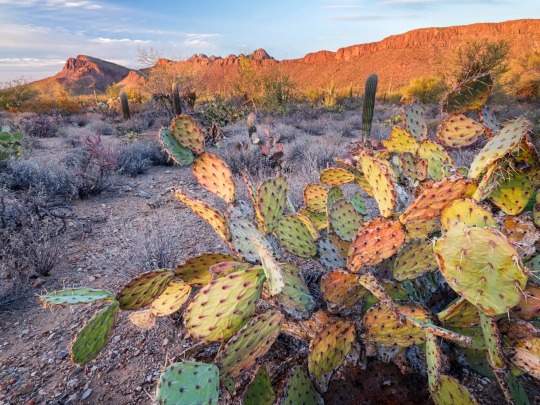
A prickly pear cactus (Opuntia engelmanni), stressed and dying as a result of drought, in the evening light in the Tucson mountains (Saguaro national park, Arizona, USA 🇺🇸). Since 1990, south-west US has experienced some of the most persistent droughts on record due to increasing temperatures. Arizona is currently in its 26th year of a long-term drought.
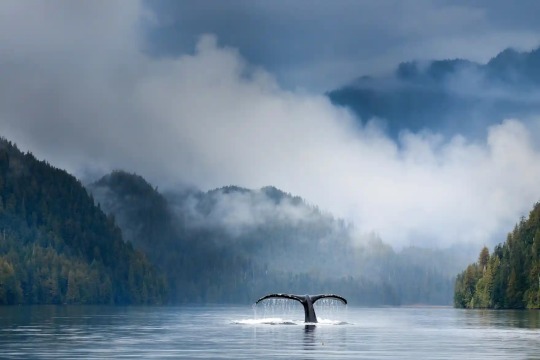
An adult humpback whale (Megaptera novaeangliae) diving in the Great Bear rainforest (British Columbia, Canada 🇨🇦). The intricate mosaic of forests, islands, fjords and mountains in these coastal regions are incredibly rich and biodiverse and support a wealth of wildlife. Pacific salmon that feed in the Bering Sea migrate back to their natal rivers in British Columbia to spawn and die. In autumn the corpses litter the river margins and adjacent forests as bears, wolves and other predators feed on the bounty. The decaying salmon fertilise the entire forest.
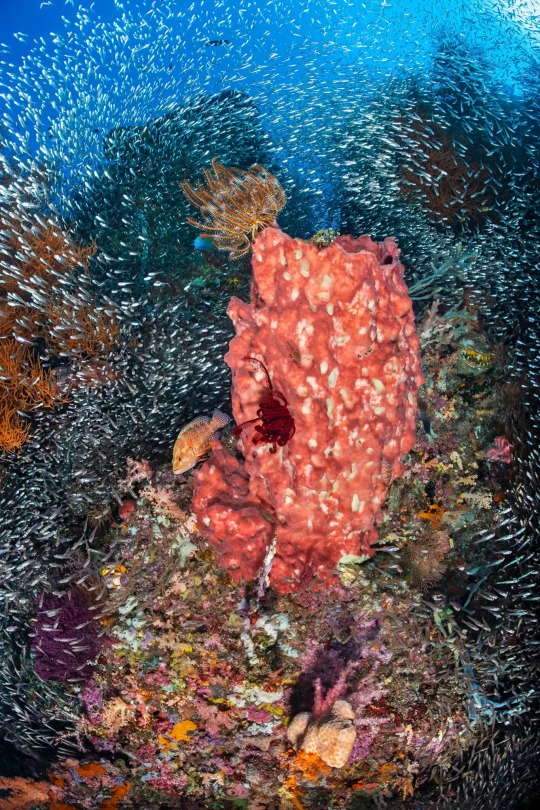
Schools of baitfish, including cardinalfish and silversides, mass on a coral reef, with giant barrel sponge and predatory coral grouper (Misool island, Raja Ampat, West Papua, Indonesia 🇮🇩). Our planet is home to a tremendous diversity of species, but they are not evenly spread. Life is concentrated in certain habitats and the richest of these biodiversity hotspots is a global conservation priority. The richest reefs are in south-east Asia’s coral triangle, which covers just 1.5% of the oceans, yet supports a third of the world’s coral reefs.

A scalloped hammerhead shark (Sphyrna lewini) near the surface, off Baja peninsula (Mexico 🇲🇽). Sharks are feared and revered. The chances of being attacked by one of these enigmatic, perfectly evolved predators is virtually nil, yet humans persecute them relentlessly. Tens of millions of sharks are killed around the world every year – to make shark-fin soup, considered a delicacy in China – and many populations have been fished to extinction. As this photo of a critically endangered scalloped hammerhead shows, sharks are beautiful animals – and without them, our ocean ecosystems would collapse.

Cones of a female welwitschia plant (Welwitschia mirabilis) near Swakopmund (Namib Desert, Namibia 🇳🇦). The cones of a female welwitschia plant extrude like a firework at sunset in the Namib desert near Swakopmund. Welwitschia are among the weirdest and most interesting plants alive today. Endemic to the Kaokoveld desert of Namibia and Angola, they are among the most ancient organisms on the planet: some individuals might be more than 2,000 years old.
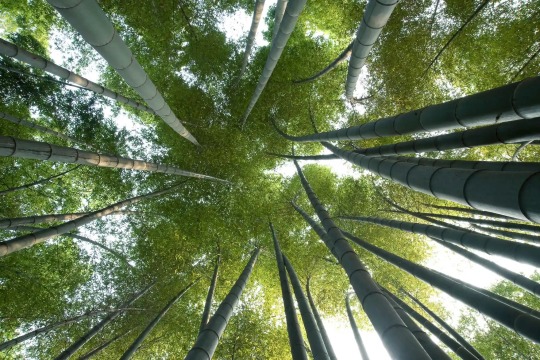
A moso bamboo canopy in Shunan Zhuhai national park (Sichuan province, China 🇨🇳). Moso bamboo (Phyllostachys edulis) is a giant grass capable of adding up to a metre per day, making it one of the fastest-growing plants. This temperate bamboo reaches harvestable size in just five years, so as new shoots are formed annually, the fully grown culms can be harvested each year, which opens up the canopy for younger plants to reach maturity. Eucalyptus trees take 15 years before they are harvested and conifers such as pine, fir, spruce and larch about 40 years.

A red squirrel in a forest, and the same forest pictured after logging (Viken, Norway 🇳🇴). The richer biodiversity is, the more resistant nature is towards climate change. However, nature is under increasing pressure. One of the main threats is modern forestry. The practice of clear-cutting forests not only destroys life/biodiversity but also is a major source of carbon dioxide emissions. This image shows how a hundred-year-old forest can be turned into a biological disaster area in a couple of hours.
5 notes
·
View notes
Photo


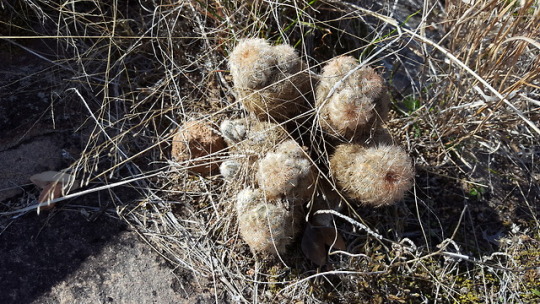


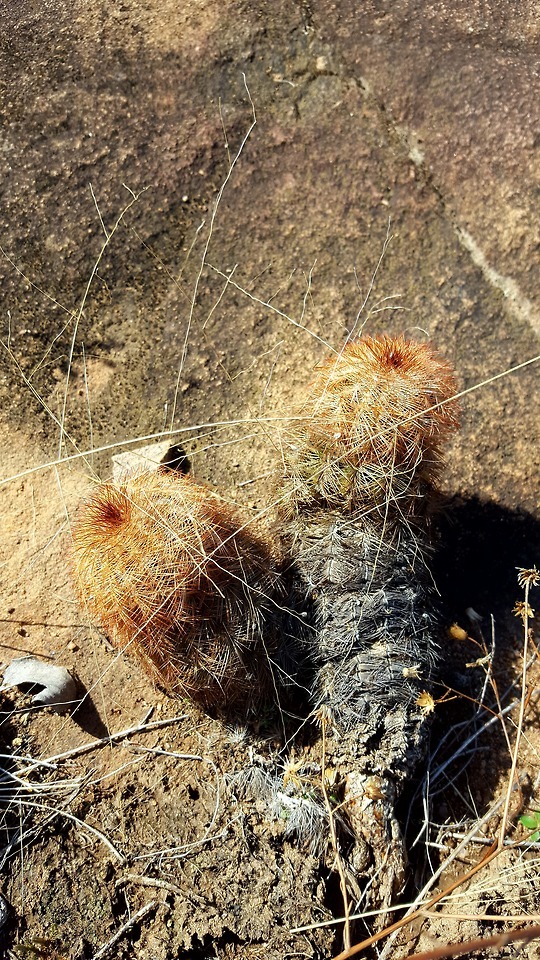

Some cacti of Inks Lake: Opuntia engelmanni, Echinocereus recheinbachii, and Cylindropuntia leptocaulis.
14 notes
·
View notes